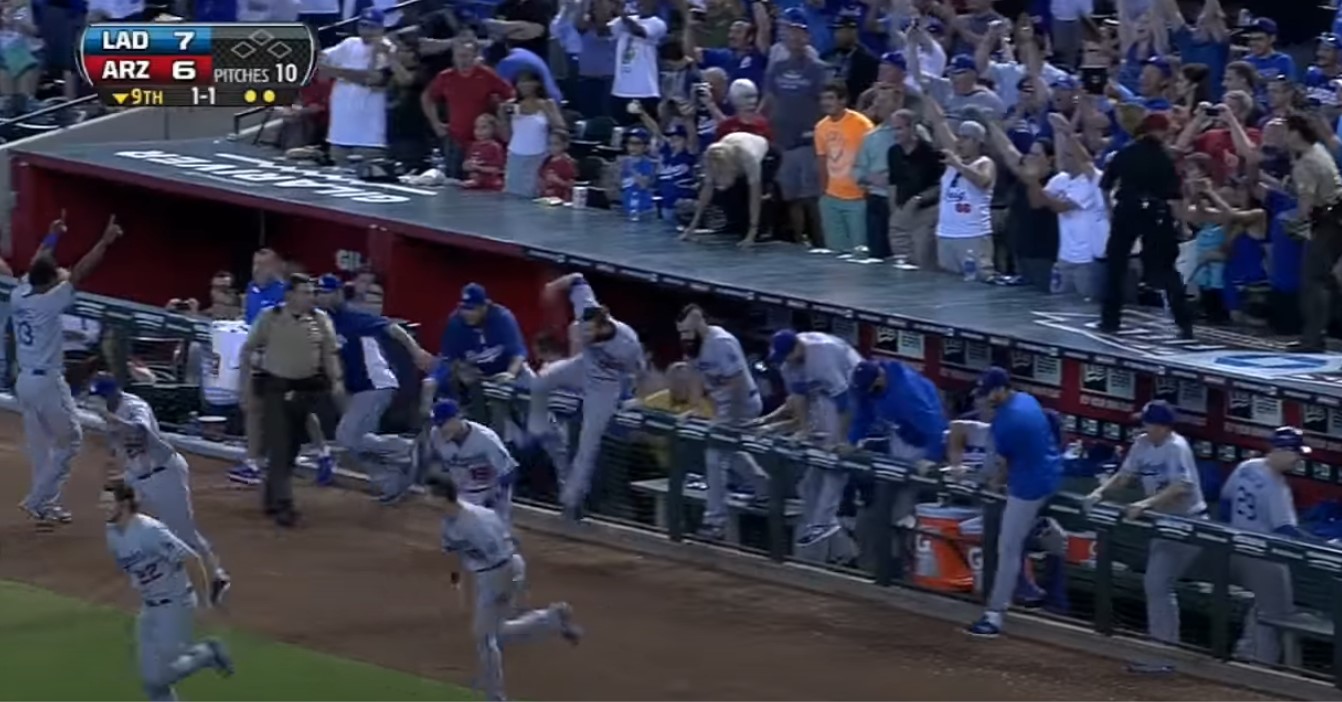Excruciatingly, the Reds Fall to the Braves in 13-Inning Game 1
Our preview of the Braves-Reds series, which ran yesterday, closed with the following words:
“This one looks fun, and it should ultimately come down to which team pitches best.”
This afternoon’s Game 1 neither proved nor disproved that prediction. In a matchup of two National League Cy Young contenders, both pitching staffs flat out shoved. Trevor Bauer and Max Fried combined to go 14 2/3 scoreless — with 17 strikeouts and no walks, no less — and the relievers that followed them to the mound were every bit as good. In the end, Atlanta prevailed 1-0 on a walk-off single by Freddie Freeman off Amir Garrett in the 13th inning.
Both teams came out swinging. Three pitches into the game, the Reds had runners on the corners, courtesy of base knocks by Nick Senzel and Nick Castellanos. The aggression-fueled early scoring opportunity went for naught. Fried proceeded to record three outs on six pitches, with an Eugenio Suárez liner to short sandwiched between a pair of harmless ground balls. Read the rest of this entry »



